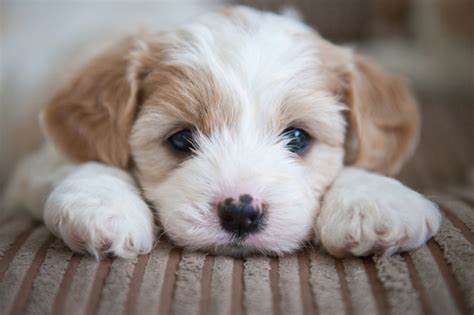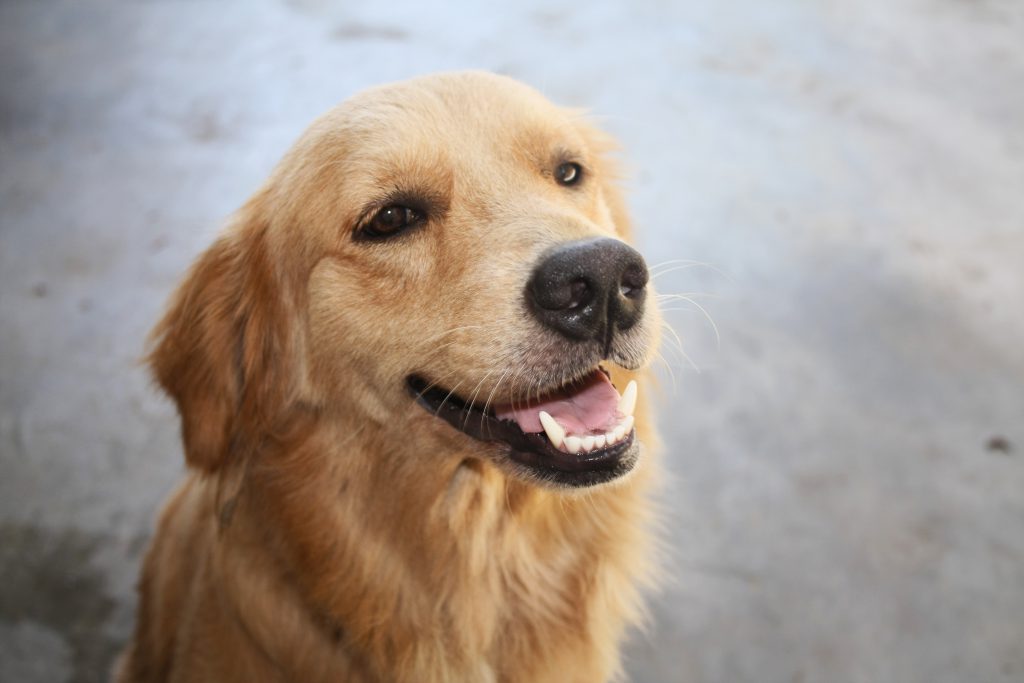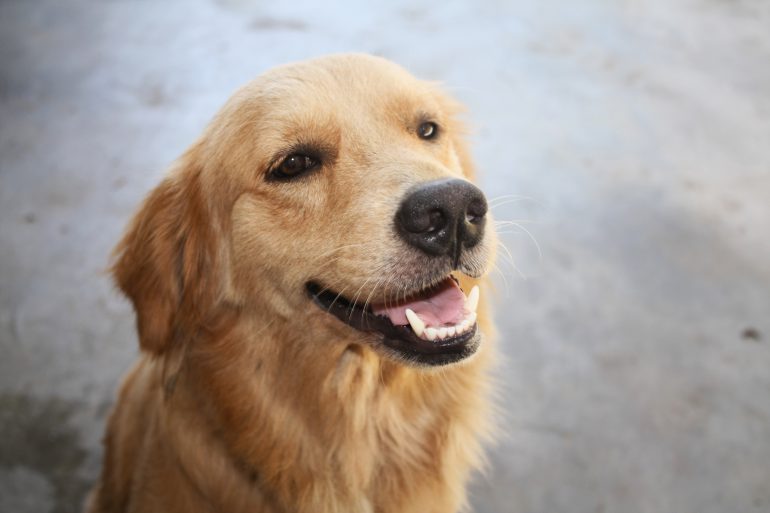Showing your dog can be a fun and exciting way to spend time with your dog. To start with I recommend attending a few shows as a spectator so you can see different breeds and talk to breeders as you search for the right breed for you and your family. The breeder will have evaluated the dog as show potential for you so you know you are starting with a dog you have a good chance of making into a champion. The breeder will become a valuable source of advice for you as you embark on your first attempts at showing.
You will also want to attend handling classes with your dog which will prepare both of you for competition. Your local kennel club or dog training club may offer these classes. You will learn how to properly stack and gait your dog. As well as ring etiquette procedures, how judging works, and general grooming advice. If your breed requires extensive grooming you will probably need to seek out your dog’s breeder or a mentor in the breed to assist you with proper grooming techniques.

The type of leash and collar you use to show your dog will greatly depend on the breed. It could be a metal choke collar, nylon choke collar, or snake chain choke collar. Coupled with this will be a nylon or leather lead that clips onto the collar. Or you may be using a nylon all in one martingale type lead. Or a nylon slip lead. Your instructor should have some suggestions for you, but ultimately your best bet is your dog’s breeder or asking other exhibitors in your breed at shows you attend. You can visit site so you know exactly what to do in a dog show exhibit. It is always better to be prepared and know some of the basic things about the event so you can easily jive on.
Generally most breeds are presented stacked on the ground. Meaning the handler poses them in the correct position for their breed. Most breeds with a tail you will need to hold the tail properly. Some breeds are shown in a free stack where the dog poses itself at the end of the lead and the handler just holds the lead. Toy breeds and some other smaller dogs are posed on a grooming table for the judge to examine. After this initial examination the judge will generally move the dog in a down and back gaiting pattern. Occasionally a judge will ask for an “L” or “T” pattern. The triangle pattern is also very common. After you move in your pattern and return to the judge they will generally have you gait around the ring and return behind the next dog to be judged. After each dog has been examined individually then the judge will generally look over the dogs and have them gait together around the ring before making their decision. If you are showing a sporting, herding, working, some non-sporting, and the sight hound breeds you will be moving at a run to show the dog’s proper gait. Most terriers and toy breeds as well as scent hounds will be moved at a fast walk. Again this is where it is important to watch your breed at shows and watch how it is moved or have your breeder/mentor show you proper movement.

The class you enter your dog in will be based on their sex and generally their age. Males will be judged first and then females. Classes are the same for both. Puppy classes are usually divided into 6 to 9 months old and 9 to 12 months old. There is also a 12 to 18 month old class. For these classes your dog must simply be the age stated at the time of the show. There is an American Bred class whose only requirement is that your dog be born in the US. There is a Novice class offered at some shows and your dog may not have won three 1st places in the class or a 1st place in Bred-by, American Bred, or Open or have any show points. The Bred-by exhibitor class is for dogs that are owned or co-owned as well as shown by one of their breeders of record. The Open class has no requirements. In a popular breed there may be many dogs shown in each class or you may be the only one. The judge will award four placements (1st to 4th) in each class. 1st place in each class will then compete for best male/female. Depending on the point schedule for your breed you will receive points for this win with proper competition. The other 1st place winners and the 2nd place winner from the class of the dog that won best male/female will compete for reserve best male/female. The best male/female will then enter the ring with any champions entered to compete for Best of Breed. The judge will make a pick for Best of Breed, Best of Opposite (if a male is best then a female would win and vice versa), and Best of winners (whichever dog they like best of the winners male/female). Sometimes the same dog can win one or more of these awards. Then all the Best of Breed winners in each group compete together. (all the sporting dogs, all the toy dogs, etc) The judge will make them repeat the stacking, evaluation, and gaiting they previously performed. Each group will have four placements awarded. (1st to 4th) Finally the winner of each group will compete for the final award of the day–Best in Show.





